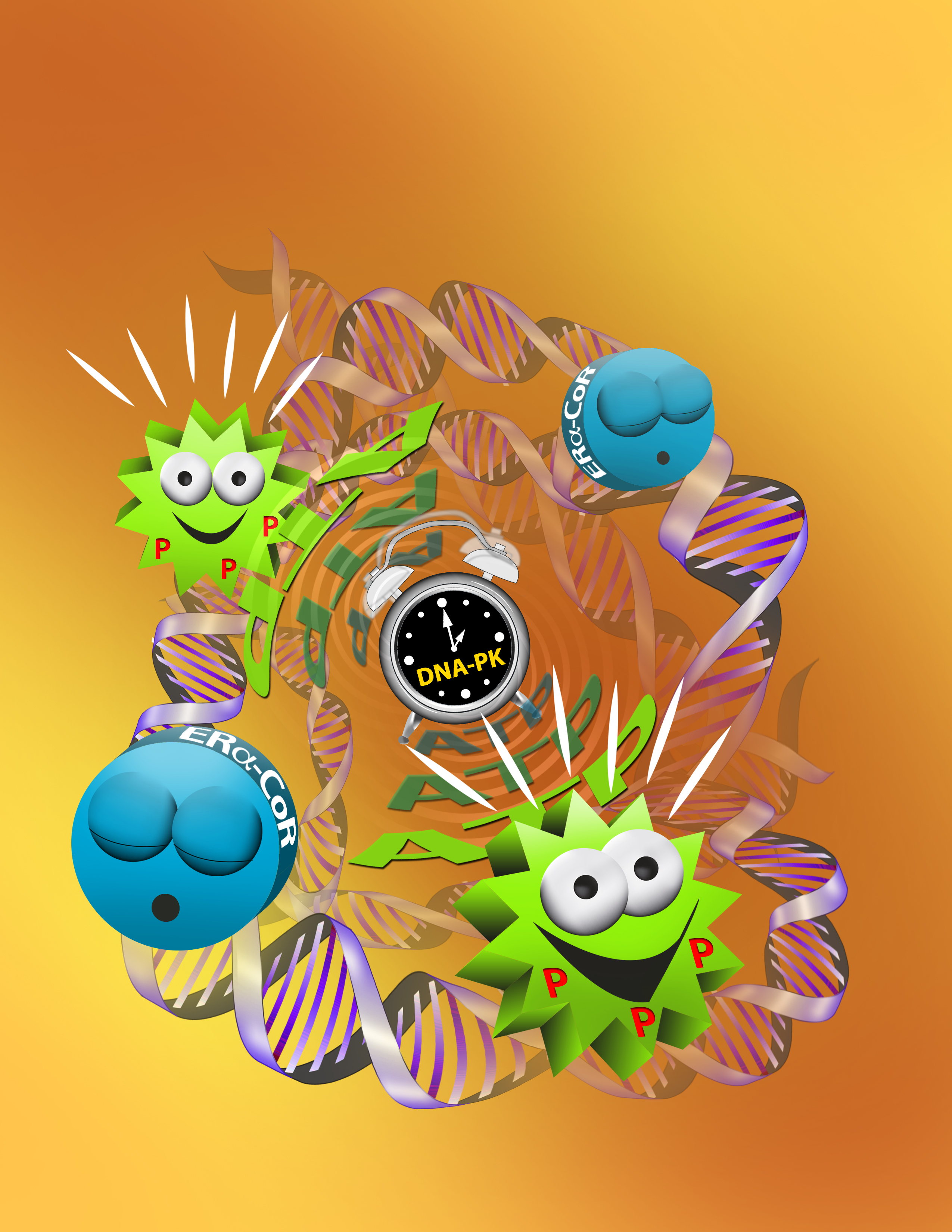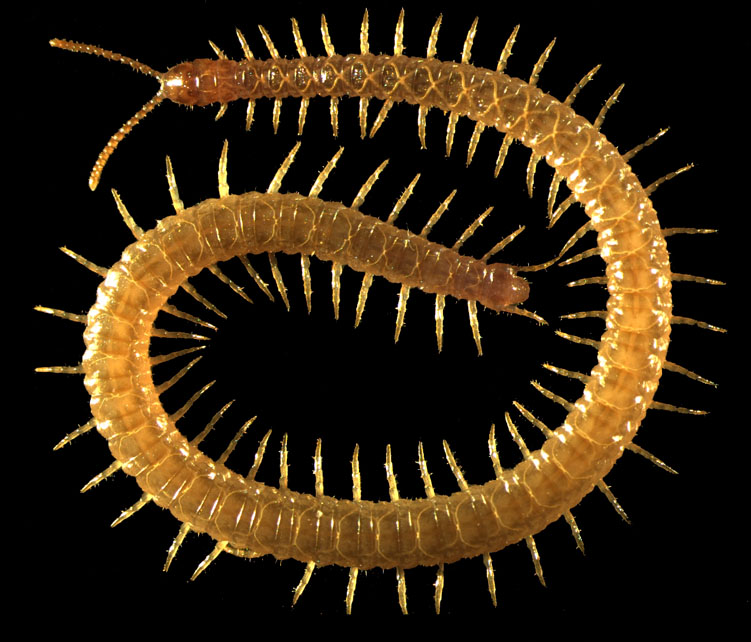Image of the month

From the Labs at Baylor College of Medicine will spotlight an image from the college’s researchers each month. Please submit your images to the publication by sending them by email to Ruth SoRelle at dsorelle@bcm.edu or calling 713-798-7959. We hope to feature new images regularly.
This cartoon depicts the action of DNA-dependent protein kinase (DNA-PK) as the “alarm clock” that activates inactive (“sleepy”) estrogen receptor alpha (ER?)-coregulator (CoR) protein complexes by phosphorylation (P) that requires ATP. While these complexes bind at many sites on the DNA of cells, for simplicity, the cartoon depicts only a few. The article it illustrates appeared in the journal Molecular Cell (Molecular Cell, Volume 51, Issue 2, 185-199, 11 July 2013) with Dr. Bert O’Malley, chair of molecular and cellar biology at Baylor as corresponding author. First author Dr. Charles Foulds, assistant professor in the same department, said that finding this particular enzyme (DNA-PK) has prompted a new line of thought about how to inhibit it as a possible new route to treating breast cancer. He worked with Marc-Antony Pinon, an artist in Baylor’s Graphics Communications, to develop the image.



